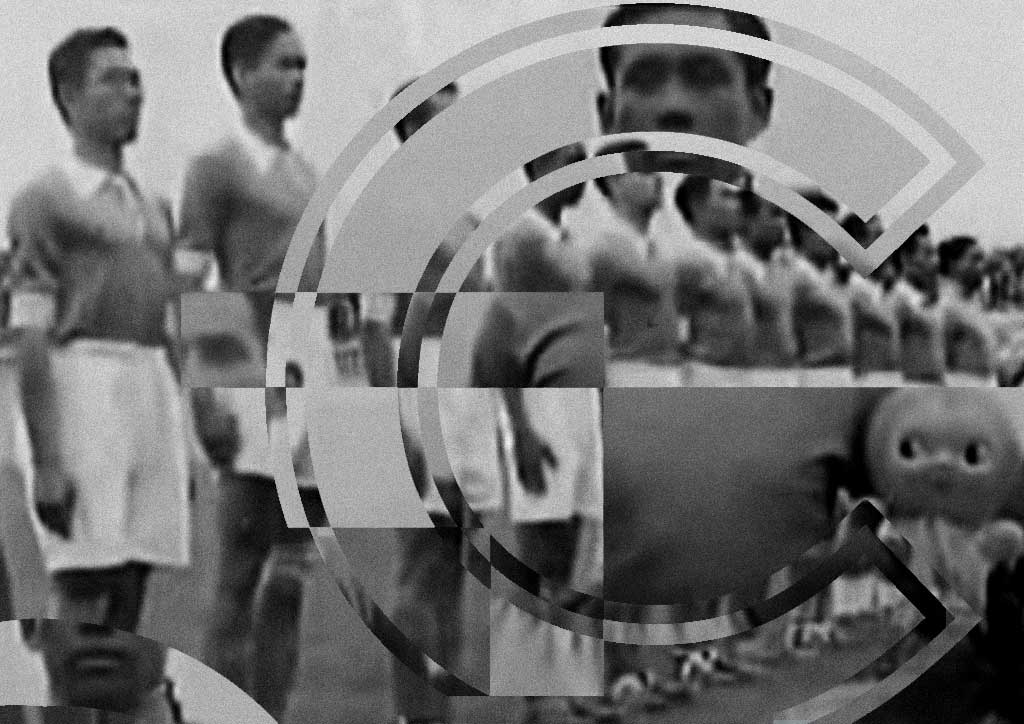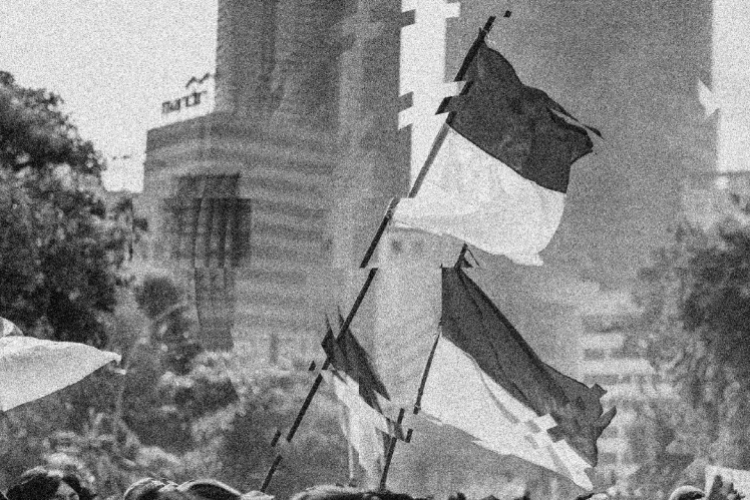The Unhappy Nations
Between the 2014 and 1938 Indonesian National Football Teams.
by Ken Jenie

32 Nations started in the 2014 World Cup. The football gave excitement (and feelings of irritation, or indifference) to the inhabitants of these nations. As only one team can become champion, supporters of 31 nations will inevitably be disappointed, but at least their favourite team took part in the tournament. Most nations do not even get that far and have lost during the qualifying rounds.
Take Indonesia. As I write this blog, it ranked 158 in the FIFA ranking of 209 nations. Actually Indonesia did not do badly at all during the qualifying round. It passed through the first two qualifying rounds of the Asian zone, but in the third round lost in a competition with three other teams. When the timnas (tim nasional, or national team) did not stand a chance anymore and had to play Bahrain, which needed a 9-0 victory to keep their chances alive to go the next round, the Indonesian team suffered an astounding 10-0 defeat. The Indonesian goalkeeper was sent off in the third minute and Bahrain scored the first goal with the associated penalty. From there the score went regularly up till the desired 9-0 in the 82nd minute and 10-0 in extra time.
How could this happen? How could a nation with almost 250 million inhabitants lose from a country with 1 million citizens? Allegations of corruption were quickly made. Somewhat surprisingly the Indonesian media did not have doubts about any of the Indonesian players, but questioned the fairness of the Lebanese referee. Another reason put forward was the fact that professional football in Indonesia had split between a competition supported by the national football association, and a professional competition, of which the players were barred from playing for the national team. There were public calls to form a united timnas in the interest of the nation. Even Indonesian president Susilo Bambang Yudhoyono held a press a conference to give his view on the matter. Clearly the national prestige was at stake and in letters to the editor, ordinary people, who in no other way were involved than having Indonesian citizenship, expressed to feel humiliated.
It has not always been this way for Indonesia. In 1938 Indonesia (then still Netherlands East Indies) sent a team to the World Cup, played in France. It was on the eve of the Second World War, and only 15 teams participated instead of the planned 16, because of the recent annexation of Austria, one of the prospected participants, by Nazi Germany. The Indonesian team was beaten by 6-0 in the first round by Hungary. As at this World Cup the loser of each match was ousted, it was the only match ever played by an Indonesian team at a World Cup.
Despite the honourable defeat at the hands of the later runners-up, Hungary, it was a memorable match. The selection counted Javanese, Moluccan, Chinese and Dutch players, like Achmad Nawir, Isaak Pattiwael, Tan Mo Heng, and Henk Zomers. The Netherlands Indies team was thus a symbol of tolerance, overcoming ethnic differences. The Netherlands Indies team can be a source of inspiration of today’s national team. Timnas only stands a chance of making it to the World Cup if players stand united and overcome internal divisions.
I owe many details to the Bachelor thesis of a Monash University student, Timothy Flickers, and Christian Tugnoli, ricercatore sportive from Bologna, Italy.











